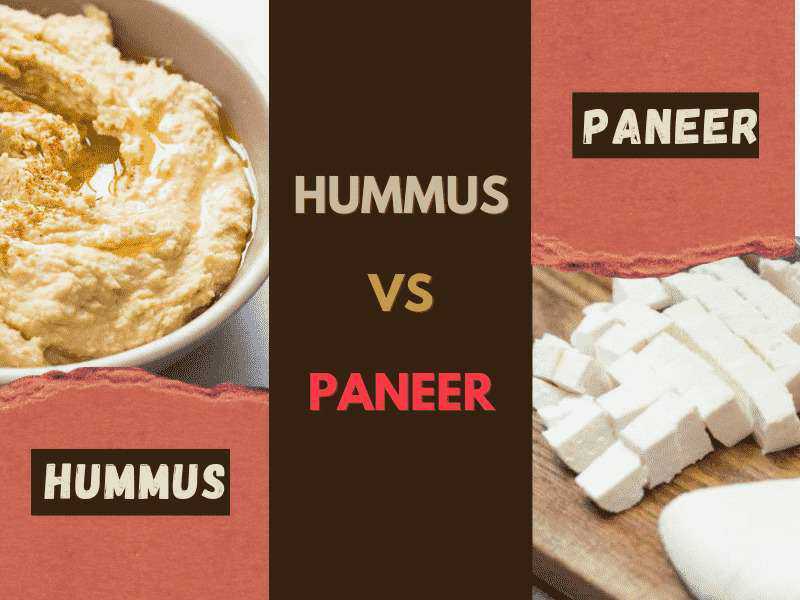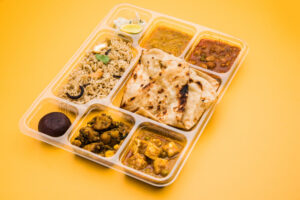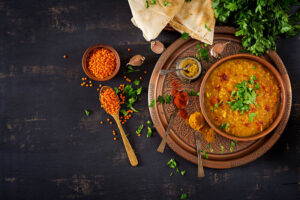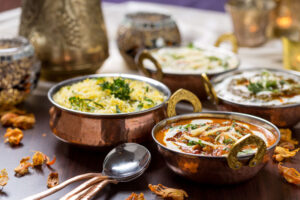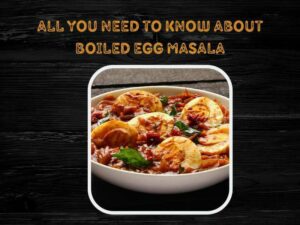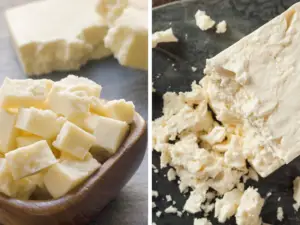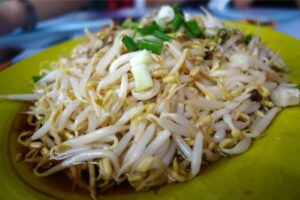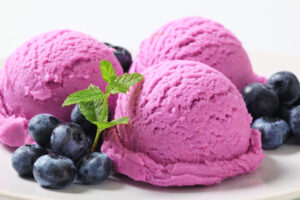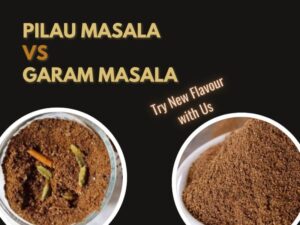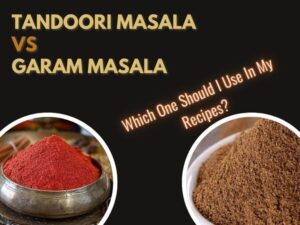Paneer and hummus are excellent protein sources for vegetarians but are vividly different from each other, and not just in looks! While paneer is an Indian food staple, hummus’ origins are very different. So, how do these protein powerhouses, paneer vs hummus, compare? Here are seven things you must know!
#1: Both Hummus and Paneer are Great Protein Sources
As we discussed, both hummus and paneer are great sources of protein. However, while paneer is an excellent vegetarian option, it is not vegan since it’s made from buffalo or cow milk. Hummus, on the other hand, is vegan-friendly since it is a nut, gluten, and dairy-free product.
Tofu is an excellent vegan replacement for paneer. Find out more in this article on tempeh vs tofu vs paneer.
According to Healthline, 100 grams of paneer has 25 grams of protein, and 100 grams of hummus has 7.9 grams of the same. However, how much protein you get from paneer vs hummus depends on how many servings you take.
While both are good protein sources, you cannot meet your daily protein requirement by solely eating one. Furthermore, since hummus and paneer also have fat content, too much consumption (equivalent to your daily protein limit) will also mean taking way more fat than advisable.
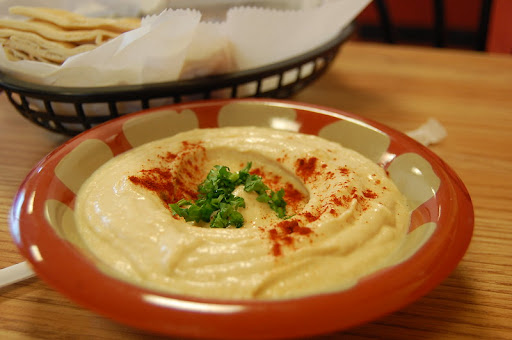
#2: Paneer vs Hummus: Taste and Texture Differences
Any paneer vs hummus comparison would be incomplete without matching their taste and textures.
Paneer, made from acid coagulation of buffalo or cow’s milk, tastes mild and milky. Some even say it tastes a little buttery. Its delicate flavor profile works like a sponge to soak up all the rich and spicy goodness typical of an Indian curry. That is why you see it as a protein source frequently used in Indian cuisine. It effortlessly replaces boneless chicken in any spicy or creamy sauce.
Furthermore, it does not melt. It is a soft cheese that, when homemade, has a bit of a bite. Store-bought or defrosted paneer is usually a little spongy, whereas the homemade version is more soft and crumbly.
To find more about how to soften frozen paneer, read our detailed article.
A staple Eastern food, hummus is basically mashed chickpeas with garlic cloves, lemon juice, and tahini sauce. All you have to do for a basic hummus recipe is chuck all the ingredients in a food processor. Then, serve hummus with an olive oil drizzle.
Hummus has a slight tang from the lemon juice and nuttiness from the roasted sesame seeds. It is rich and creamy, almost paste-like texture is an umami bomb. Homemade hummus is easy to make and cemented its place as the “it” lunchtime snack or appetizer.
#3: Paneer vs Hummus: Nutrition and Health Benefits
Paneer vs hummus is truly a comparison of which one of the two is more nutritious. These foods have numerous health benefits, making them an essential part of a balanced diet.
Paneer is an excellent source of calcium. Thus, its consumption is good for teeth and bone health. Moreover, It can also help boost the immune system and promote good heart health. Furthermore, eating paneer keeps you feeling full for longer, which can aid weight loss.
Hummus also boasts some of the same benefits like probable weight loss, better heart health, and blood sugar control. But, on top of this, it has even more advantages for your overall health. Hummus has ingredients with anti-inflammatory properties, and its high-fiber content from canned or cooked chickpeas helps maintain your digestive system.
Did we mention it’s excellent for people with allergies as it has no nuts, gluten, or dairy products? However, as with every food, it is best to avoid overconsumption and make hummus a part of a healthy diet.
Did you know? Chana is the Hindi/Urdu word for chickpeas. To find out more about chana vs paneer, read this article.
#4: Paneer vs Hummus: Preparation Methods
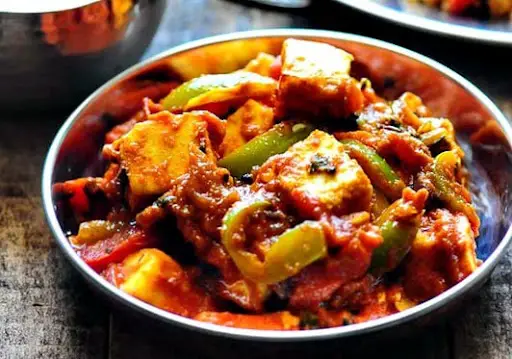
Both paneer and hummus are easy to make at home. They require minimal ingredients and are ready reasonably quickly if you exclude the waiting time for the paneer to set.
To make paneer, you need whole cow or buffalo milk and an acid; it could be citric acid, lemon juice, or vinegar.
Boil the milk in a large stainless steel pot. Once boiled, add the acid (like lemon juice) till the milk curdles. Allow the acid to settle a little to do its work. Pour the cheese curds and whey into a colander lined with cheesecloth over the sink. Run over with water and allow to cool. Now, close the ends of the cheesecloth and wring out the excess water. Shape like a block and place under something heavy for a couple of hours till set. Your paneer is ready.
Find video instructions on making paneer here.
A basic hummus recipe is also pretty straightforward. Chuck cooked and drained chickpeas in the food processor with garlic cloves, tahini sauce (or roasted and ground golden brown sesame seeds), lemon juice, and some water if needed. Pulse it till it’s a smooth paste. Drizzle with olive oil, sprinkle paprika or black pepper powder and serve.
Find out more about hummus in this video.
#5: Origins of Paneer and Hummus
While the word paneer has Persian roots, you find its mention in ancient Vedas. Paneer, often known as the Indian cottage cheese, has been made since the Indus Valley Civilization. However, the modern-day method of acid coagulation was made famous by the Portuguese in the 17th century after the Aryans had previously banned it.
Although the word Paneer is of Persian origin, the food item itself is mentioned in the ancient Vedas. It is also known by the name chenna in parts of India. In India, paneer, a fresh cheese, is usually made from cow or buffalo milk. #ahmedabad #myterracotta #gandhinagar pic.twitter.com/RUUNM4pJAd
— Terracotta multicuisine restaurant (@my_terracotta) March 29, 2019
The origins of hummus are heavily debated between the Greeks and Egyptians. Middle Eastern and Greek cuisines both feature hummus. Both parties had long been trading with each other, thus the amalgamation of cultures and cuisines.
#6: Is it OK to eat hummus every day?
According to Livestrong, you can eat three 2-tablespoon hummus servings every day. However, you must consume hummus in moderation as a part of a healthy and well-balanced diet.
#7: Is hummus a complete protein?
Since hummus is plant-based, it is not a complete protein. However, when eaten with pita bread, it contains all the nine essential amino acids, making the pairing a complete protein source.
